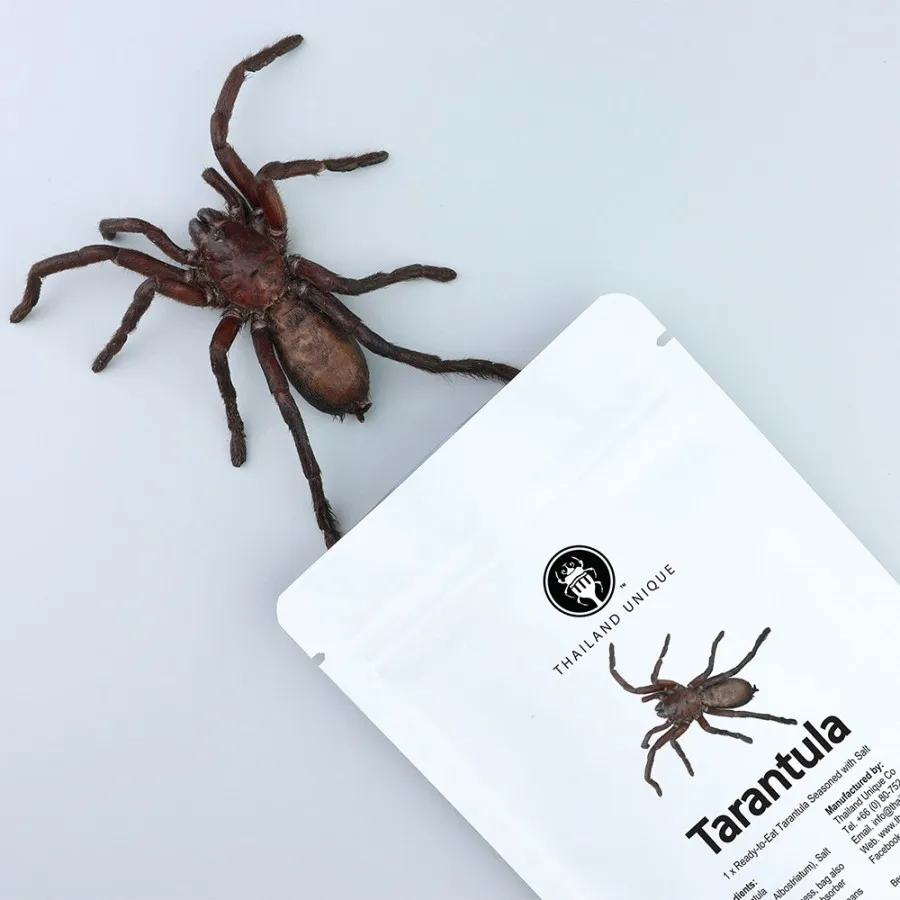What Do Tarantulas Eat?
Tarantulas are fascinating creatures, and understanding their dietary needs is crucial for their health and longevity. As obligate carnivores, tarantulas primarily feed on live insects, and occasionally, small vertebrates. In the wild, they are opportunistic hunters, consuming whatever prey they can overpower. However, in captivity, their diet needs to be carefully managed to ensure they receive the proper nutrients. A well-balanced diet is essential for their growth, molting, and overall well-being. Different tarantula species have varying dietary preferences and requirements, so it’s important to research the specific needs of your pet.
The Importance of a Balanced Tarantula Diet
Providing a balanced diet is paramount to the health and lifespan of your tarantula. Just like humans, tarantulas require a variety of nutrients to thrive. A diet lacking in essential nutrients can lead to health issues, stunted growth, and a shortened lifespan. A balanced diet ensures that your tarantula receives adequate protein, fats, and other vital nutrients necessary for proper molting and overall health. A varied diet also helps prevent nutritional deficiencies that can result from feeding a single type of food source. Furthermore, a well-fed tarantula is often more active and displays more natural behaviors, making it a more engaging pet.
Top 5 Best Tarantula Food Choices
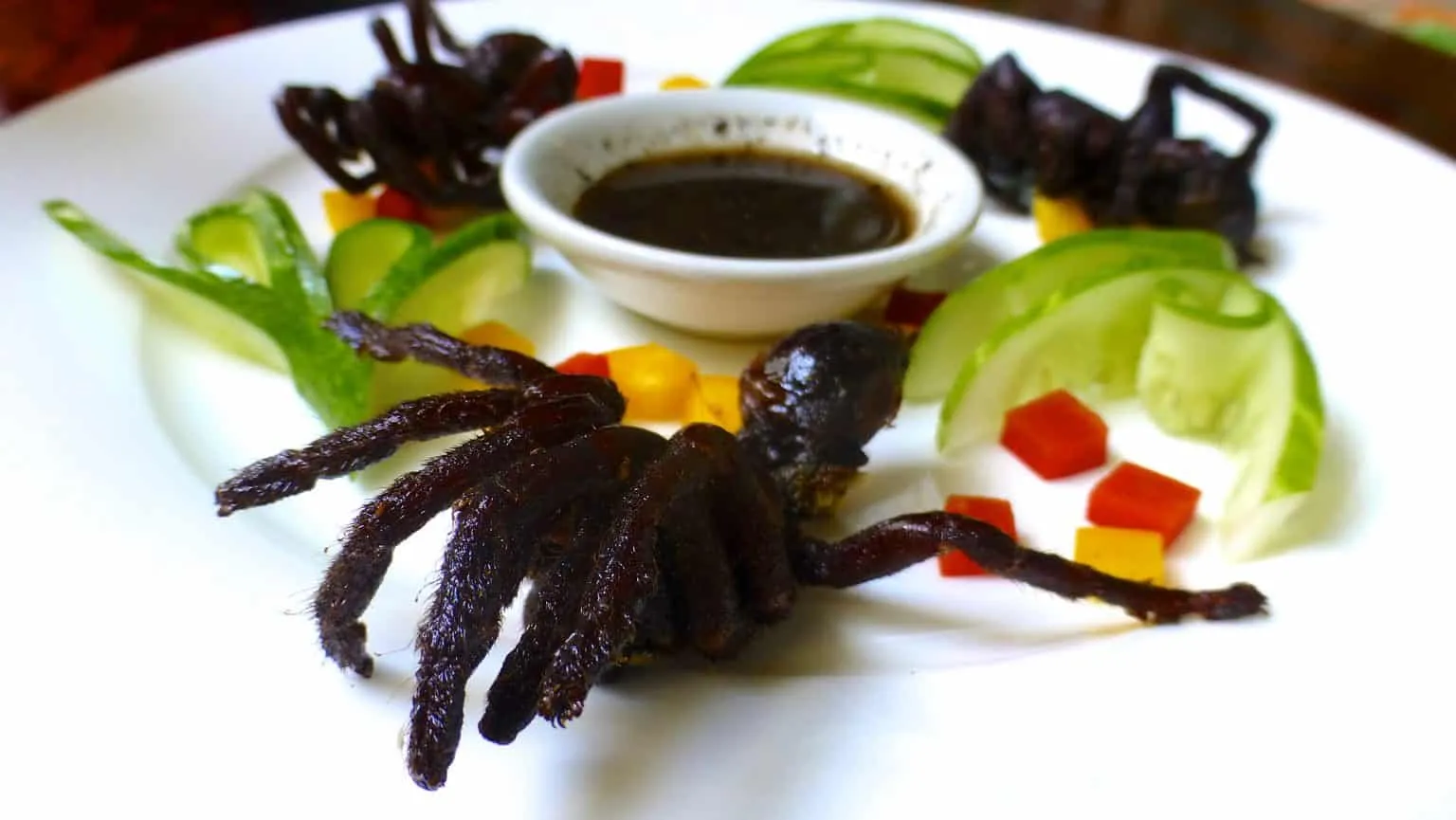
Choosing the right food for your tarantula can be a challenge, but it’s essential for their well-being. Here are the top five food choices, each with its own benefits and considerations. These options provide a good foundation for a balanced diet, but remember to research specific species to meet their specific dietary requirements. Always ensure the food items are free from pesticides and are of high quality to promote the health of your tarantula. Variety is key to providing a well-rounded diet for your pet and keeps them engaged and healthy.
Crickets as a Staple Food
Crickets are a popular and readily available food source for tarantulas, making them a convenient option for many pet owners. They are relatively easy to breed and maintain, ensuring a continuous supply of food. Crickets are also a good source of protein, which is essential for tarantula growth and development. Offering crickets regularly can contribute to your tarantula’s overall health and provide essential nutrients. The size of the crickets should be appropriate for your tarantula, usually no larger than the tarantula’s body length. Always remove any uneaten crickets from the enclosure to prevent them from bothering your spider.
Benefits of Feeding Crickets to Tarantulas
Crickets offer several benefits to tarantulas. They provide a good source of protein, which is crucial for the tarantula’s growth and molting process. The movement of the crickets stimulates the tarantula’s hunting instincts, providing enrichment and encouraging natural behaviors. Furthermore, crickets are relatively easy to digest, making them a safe option for tarantulas of all sizes. Regular cricket feeding helps keep your tarantula active and promotes healthy development. Crickets are also readily available, which simplifies the process of providing your tarantula with the essential nutrients it needs.
How to Choose the Right Crickets
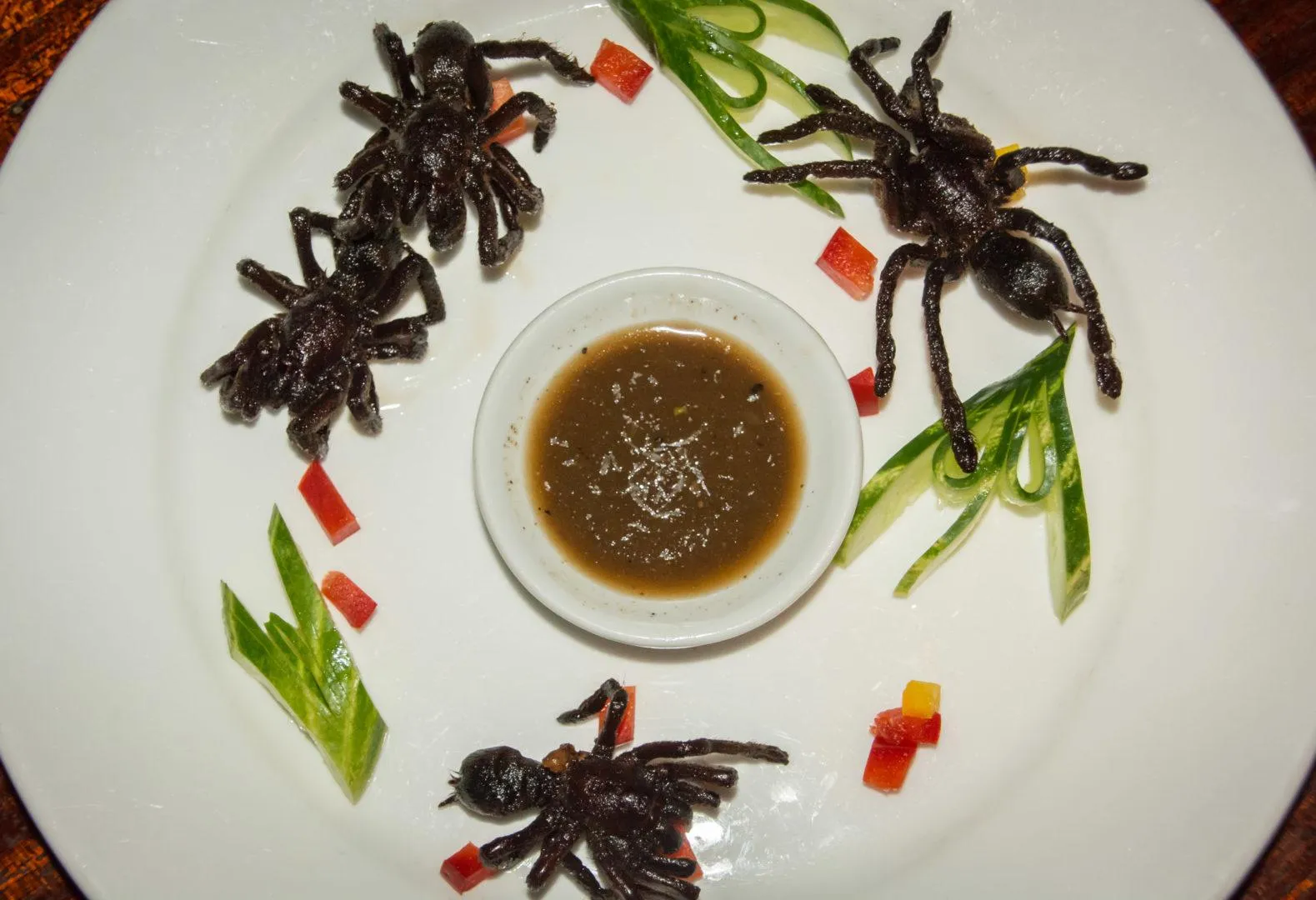
Selecting the right crickets is essential for your tarantula’s health. Always choose crickets that are free from pesticides and other harmful substances. The crickets should be active and healthy-looking. The size of the crickets should be appropriate for your tarantula, avoiding any that are too large. It’s best to gut-load crickets before feeding them to your tarantula. This involves feeding the crickets nutritious foods, such as vegetables and commercial cricket food, to enhance their nutritional value. Avoid feeding your tarantula crickets that have recently molted, as their exoskeletons are softer and less nutritious.
Mealworms A Nutritious Option
Mealworms are another popular food choice for tarantulas. They are readily available and provide a good source of protein and fat. Mealworms are also easy to store, making them a convenient option for pet owners. They can be a good supplement to a tarantula’s diet, especially for smaller species or those that may not readily accept other food sources. Mealworms are often readily accepted by tarantulas due to their movement, enticing the tarantula to hunt. However, they should be fed in moderation as they can be high in fat.
Benefits of Mealworms for Tarantulas
Mealworms provide a good source of protein and fat, which are essential for the growth and energy needs of your tarantula. They are easy to store and maintain, making them a practical choice for many pet owners. The movement of the mealworms can also stimulate your tarantula’s hunting instincts, promoting a natural behavior. They are a suitable option for supplementing the diet with additional nutrients and adding variety. Feeding mealworms occasionally can keep the tarantula engaged in the feeding process, enriching its life in captivity.
How to Properly Feed Mealworms
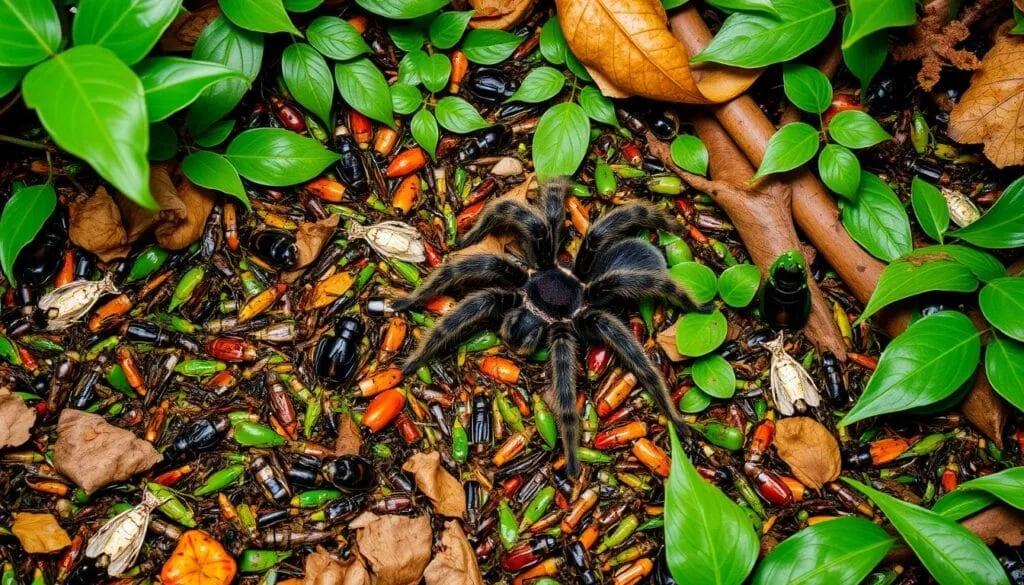
When feeding mealworms, it’s important to remove any uneaten ones from the enclosure. Ensure the mealworms are of appropriate size, not too big for your tarantula to handle. Offer a small number of mealworms at a time, as they can be high in fat. Consider gut-loading the mealworms with nutritious foods before feeding. Observe your tarantula’s feeding habits to determine the appropriate frequency and quantity of mealworms. Remember that mealworms should be a supplemental part of the diet and not the sole food source.
Roaches as a Protein-Rich Food
Roaches, particularly Dubia roaches, are considered a highly nutritious food option for tarantulas. They offer a superior protein profile compared to crickets and mealworms. Roaches provide a balanced nutrient profile, which supports a healthy tarantula. They are also relatively easy to breed and manage, similar to crickets, but they have a longer lifespan and are less prone to escaping. Feeding roaches can significantly improve your tarantula’s growth and health.
Advantages of Feeding Roaches
Roaches offer several advantages as a food source. They have a high protein content and are packed with essential nutrients. The exoskeleton of roaches is softer than that of crickets, making them easier for tarantulas to digest. They are also less likely to escape than crickets. Roaches are generally less noisy and less active, reducing stress for both the tarantula and the keeper. Using roaches as part of the diet can promote better growth, healthier molting, and overall well-being for your tarantula.
Which Roach Species are Best?
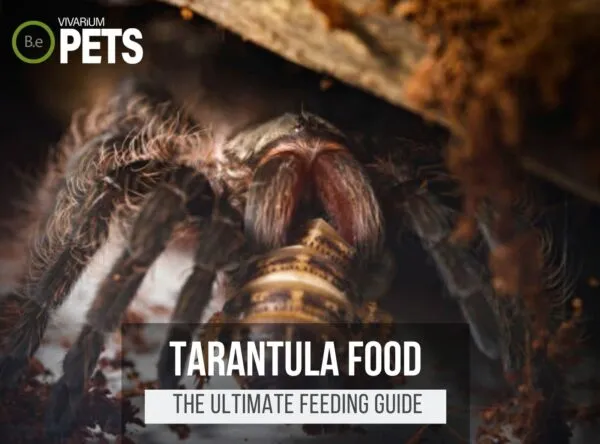
Dubia roaches (Blaptica dubia) are the most commonly recommended species for tarantula feeding. They are non-invasive and cannot climb smooth surfaces, making them easy to contain. Other species, such as the hissing cockroach, can also be used. However, it is very important to select roach species that are safe and won’t pose a risk to your tarantula. Always make sure that the roaches are from a reputable source, free from parasites or diseases. It’s crucial to do thorough research on any roach species before feeding it to your tarantula.
The Occasional Pinky Mouse
For larger tarantula species, pinky mice (newborn mice without fur) can be a supplemental food source. They offer a significant source of protein and nutrients that can be beneficial to your tarantula’s growth. However, they are not a primary diet component and should only be given occasionally. Pinky mice should be sourced from a reliable provider to avoid potential health risks. Before feeding a pinky mouse, it must be defrosted properly if frozen, and it must be at room temperature before feeding. The size of the pinky mouse should be appropriate for the tarantula.
When to Consider Pinky Mice
Pinky mice are a good option for larger tarantula species to provide extra nutrition. They can be given to support growth and improve body condition. They are most appropriate for mature tarantulas, and feeding frequency should be limited to prevent overfeeding. The frequency should be determined by the species and the individual tarantula’s needs. Pinky mice can also be considered when the tarantula has recently molted and needs extra protein to regain strength and replenish energy. It is best to monitor the tarantula’s overall health and body condition to ensure proper feeding.
Risks Associated with Pinky Mice
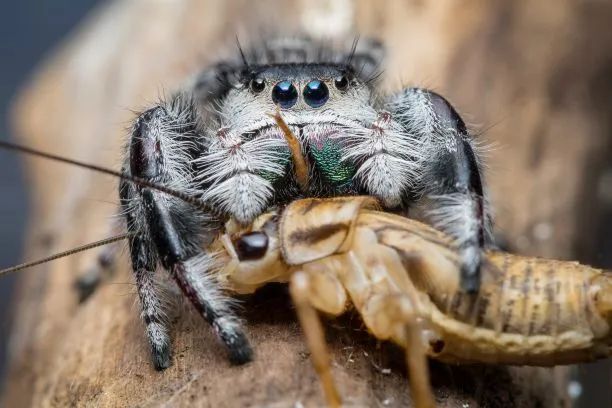
While pinky mice can be a beneficial food source, there are risks associated with their use. They are high in fat, which can lead to overfeeding and health problems if given too often. Pinky mice are also more difficult for the tarantula to digest compared to insects. Moreover, pinky mice can be difficult to obtain and store properly. Always make sure pinky mice are sourced from a reliable provider. Any uneaten pinky mouse should be promptly removed from the enclosure. Careful consideration and moderation are required when using pinky mice as a food source.
Other Food Options for Tarantulas
In addition to the primary food choices, there are other options that can supplement a tarantula’s diet. These include waxworms, superworms, and grasshoppers. It’s important to note that these should be offered sparingly due to their high-fat content. Variety is essential to ensure your tarantula receives a range of nutrients. The occasional treat can enrich your tarantula’s diet and provide different sensory experiences. Remember to research any alternative food to ensure it’s appropriate for your tarantula and that it is safe to consume.
Why Variety Matters
Providing a variety of food sources is essential for a balanced diet. Different insects and prey items offer different nutritional profiles, ensuring that your tarantula receives a wide range of essential nutrients. Offering different prey can also stimulate your tarantula’s hunting behavior. A diverse diet keeps your tarantula more engaged and prevents nutritional deficiencies. Rotating the food choices will keep your tarantula from getting bored. Variety also helps ensure that your tarantula is getting the full spectrum of nutrients for optimal health.
Supplementing with Vitamins and Minerals
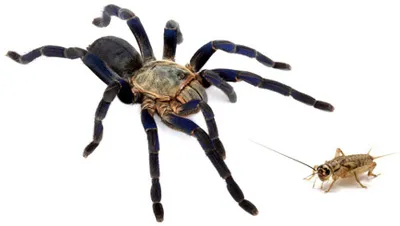
While a varied diet can provide the necessary nutrients, some keepers choose to supplement their tarantulas’ food. Calcium and vitamin supplements are especially important for ensuring that the tarantula has everything it needs. Dusting insects with a calcium and vitamin supplement before feeding them to your tarantula can help fill any nutritional gaps. Be cautious when supplementing, as excessive amounts of certain vitamins can be harmful. Always follow the product instructions and research the specific needs of your tarantula species before supplementing. A well-informed approach is essential for the tarantula’s health.
